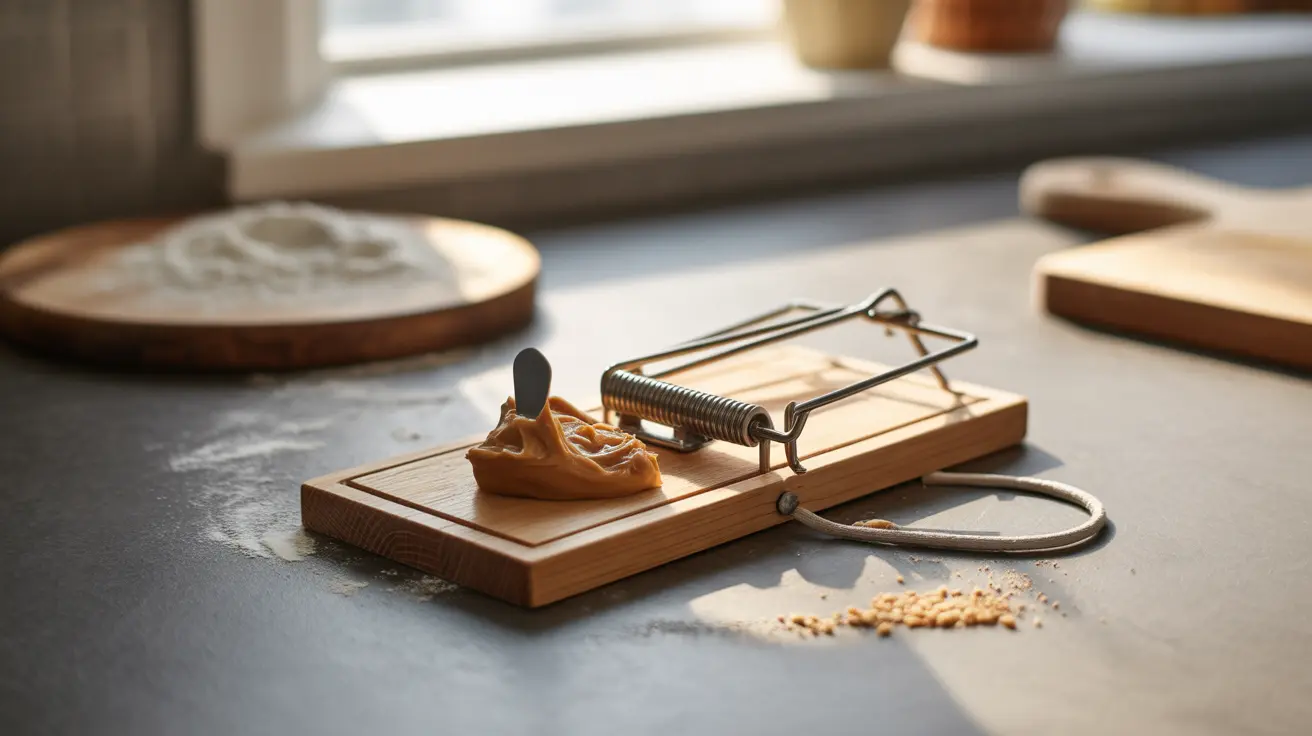Discovering mice in your home can be both unsettling and frustrating. These small rodents can cause significant damage to your property and pose potential health risks through their droppings and urine. Understanding how to effectively and humanely address a mouse problem is crucial for maintaining a safe, healthy living environment.
This comprehensive guide will explore proven methods to eliminate mice from your home, implement preventive measures, and maintain a mouse-free environment using both humane and practical approaches.
Understanding Mouse Behavior and Entry Points
Mice are opportunistic creatures that can squeeze through openings as small as a quarter-inch in diameter. They typically enter homes seeking food, water, and shelter, particularly during colder months. Understanding their behavior is the first step in effective mouse control.
Common Mouse Entry Points
Mice commonly enter through:
- Gaps around utility pipes and cables
- Cracks in foundations and walls
- Spaces under doors
- Roof vents and chimneys
- Damaged weather stripping
Safe and Humane Mouse Removal Methods
When dealing with mice, it's important to prioritize humane and effective solutions that don't cause unnecessary suffering or risk to other household members.
Catch-and-Release Traps
Humane catch-and-release traps are an excellent first-line solution. Place these traps along walls where you've noticed mouse activity, baited with appropriate foods like peanut butter or seeds. Release captured mice at least one mile from your home in a suitable habitat.
Electronic Deterrents
Modern ultrasonic devices emit high-frequency sounds that mice find unpleasant. While effectiveness varies, these can be a helpful supplementary method when used alongside other control measures.
Natural Deterrents and Prevention
Natural solutions can effectively discourage mice while keeping your home chemical-free:
- Peppermint oil-soaked cotton balls
- Steel wool in potential entry points
- Cedar blocks or chips
- Bay leaves in pantry areas
- Proper food storage in sealed containers
Sealing and Exclusion Techniques
The most effective long-term solution is to prevent mice from entering your home in the first place. A thorough home inspection and sealing process is essential.
Professional Inspection and Sealing
Consider hiring a professional to conduct a thorough inspection and properly seal all potential entry points. They can identify less obvious access routes and ensure proper sealing with appropriate materials.
Safe Cleaning and Maintenance Practices
Proper cleaning and maintenance are crucial for preventing mouse infestations:
- Regular cleaning of food debris
- Proper storage of pet food
- Removal of outdoor debris near house
- Regular inspection of potential entry points
- Maintenance of yard and vegetation
Frequently Asked Questions
What are the safest and most humane ways to get rid of mice in my home?
The safest and most humane methods include using catch-and-release traps, sealing entry points, and employing ultrasonic deterrents. These methods allow for effective mouse control without causing unnecessary harm.
How can I seal entry points to prevent mice from entering my house?
Inspect your home's exterior for any holes or gaps larger than 1/4 inch. Use appropriate materials like steel wool, caulk, or metal sheeting to seal these openings. Pay special attention to areas around pipes, utility lines, and foundation cracks.
What natural deterrents or home remedies effectively keep mice away?
Effective natural deterrents include peppermint oil, cedar, bay leaves, and steel wool. Additionally, maintaining clean spaces and proper food storage naturally deters mice by eliminating their food sources.
Why should I avoid using poison to control mice indoors?
Poison should be avoided as it poses risks to children, pets, and other wildlife. Additionally, poisoned mice may die within walls or other inaccessible areas, causing odor problems and potentially attracting other pests.
How can I prevent future mouse infestations through cleaning and food storage practices?
Store food in airtight containers, clean up spills and crumbs immediately, keep outdoor areas free of debris, and maintain regular cleaning routines. Regular inspection and maintenance of potential entry points also help prevent future infestations.




